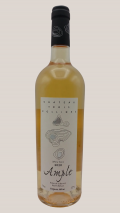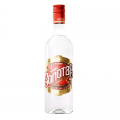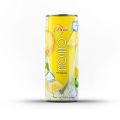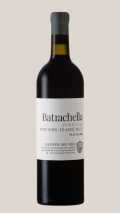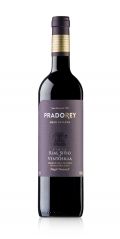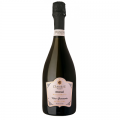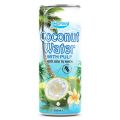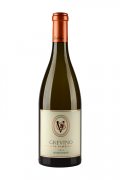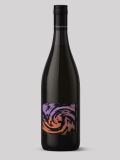Hawke’s Bay
Hawke’s Bay Wine Regions, its Climate, and Popular Grape Varietals
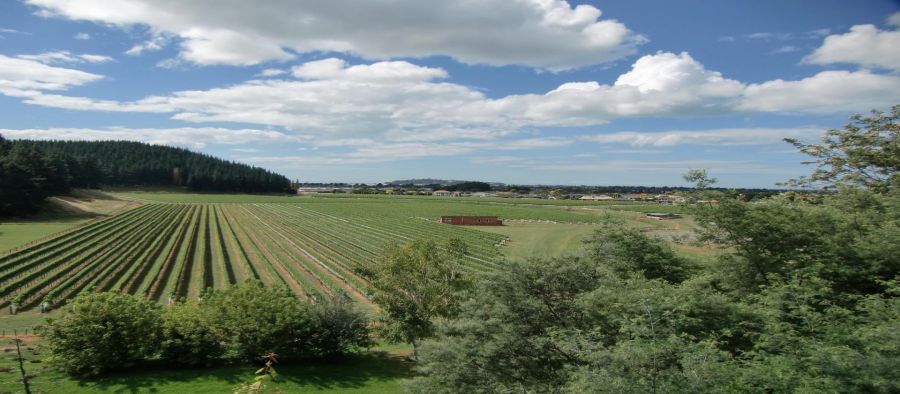
Hawke’s Bay is the second-largest wine producing region in New Zealand, trailing only Marlborough in terms of overall production. Hawke’s Bay is also the oldest wine producing region in the nation, with a history of winemaking dating back to the arrival of Marist missionaries in 1851.
Hawke’s Bay, located on the east coast of the North Island, has a growing tradition of producing award-winning wines. This New Zealand wine region is primarily known for its full bodied red blends, including Cabernet and Merlot blends. In addition, Hawke’s Bay produces a variety of other wine varietals, including Syrah, Chardonnay, Pinot Noir, Sauvignon Blanc and Viognier. The white wines from Hawke’s Bay – especially the Sauvignon Blanc wines – are known for their aromatic intensity and flavor.
Currently, there are more than 75 wineries located in Hawke’s Bay, within a variety of different sub-regions. In general, Hawke’s Bay is known for its plentiful sunshine, long and hot summers, and cool winters. The climate is best characterized as dry and temperate, but can vary slightly within the different sub-regions of Hawke’s Bay. For example, the growing conditions in the coastal areas (Bay View, Te Awanga) can differ from those found in the river valleys and the alluvial plans (Korokipo, Taradale, Meanee).
There is now a well-established wine tourism industry in New Zealand’s Hawke’s Bay, which includes a number of well-attended food and wine festivals. Some of the more prominent vineyards in Hawke’s Bay include Brookfields Estate, Clearview Estate, Elephant Hill, Trinity Hill, Te Mata Estate and Mission Estate.






